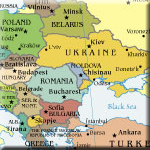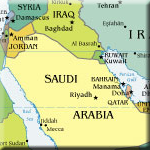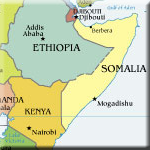




Nobody seems to have yet pointed out that the increase in food prices caused by the subsidy systems represents a strongly regressive form of taxation since low-income households spend an above average share of their income on food.
Re-building and repairing war-damaged and long neglected schools, power plants, roads, hospitals, etc. is the most visible part of post-conflict reconstruction. Well-equipped buildings and infrastructure facilities are the necessary foundations on which economy and society are built, and a post-conflict country’s future depends to a good degree on the solidity of these foundations. However, as distinct from a building, a country’s infrastructure foundation can be strengthened in stages over time when required by the country’s economic and social development.
The design of public facilities in a post-conflict country should be determined by two considerations: first, a well-informed and intelligent assessment must be made of what the post-conflict country will need in the next five to ten years, but not beyond that, assuming a reasonably optimistic but realistic scenario for the country’s development. And second, an equally well-informed assessment must be made of what number and type of facilities the country will be able to afford to operate and maintain in the same period, while keeping taxes and user charges at a level that will not seriously constrain economic development, that is, at a moderate level. If these two assessments lead to roughly the same conclusions, the answer is clear. If not, one must go back to the drawing board with affordability being the guiding principle. The eventual result will in most cases be that high-speed railways and four-lane motorways and more than one or, at best, two modern central hospitals and universities are neither needed nor affordable. What is in general needed and may also be affordable is a comprehensive system of fully equipped primary schools and health facilities and a fairly good coverage with secondary facilities; a system of paved two-lane roads that links the important centres of economic activity, supplemented by a substantial network of mostly unpaved roads connecting the rural and urban economies; good and most probably improved water supply down to the village level, accompanied by sewerage and at least primary treatment of sewage in important centres of population; an electric power system that satisfies effective demand (meaning all demand existing at a level of user charges that produces a positive cash flow for the power company soon after the end of hostilities), and a system of telecommunications that should be commercially viable and hopefully commercially financed. Other items may have to be added to this core program. Facilities for training of teachers and nurses may have to be repaired and re-equipped; the same may apply to the country’s deep-water port (or ports), its international airport, essential rail lines and important public transport facilities. Where damage to housing is extensive, a program to provide construction material, based on an inventory of damage, should be included. Lastly, the new government needs office space and office equipment to run the country. That is a large and ambitious program. If realised, it may lead in some post-conflict countries to a significant expansion of some infrastructure facilities, while it may declare other parts of the existing system redundant. That should not be seen as an obstacle to doing what is proposed: what is there is frequently not the best guide to what should be there.